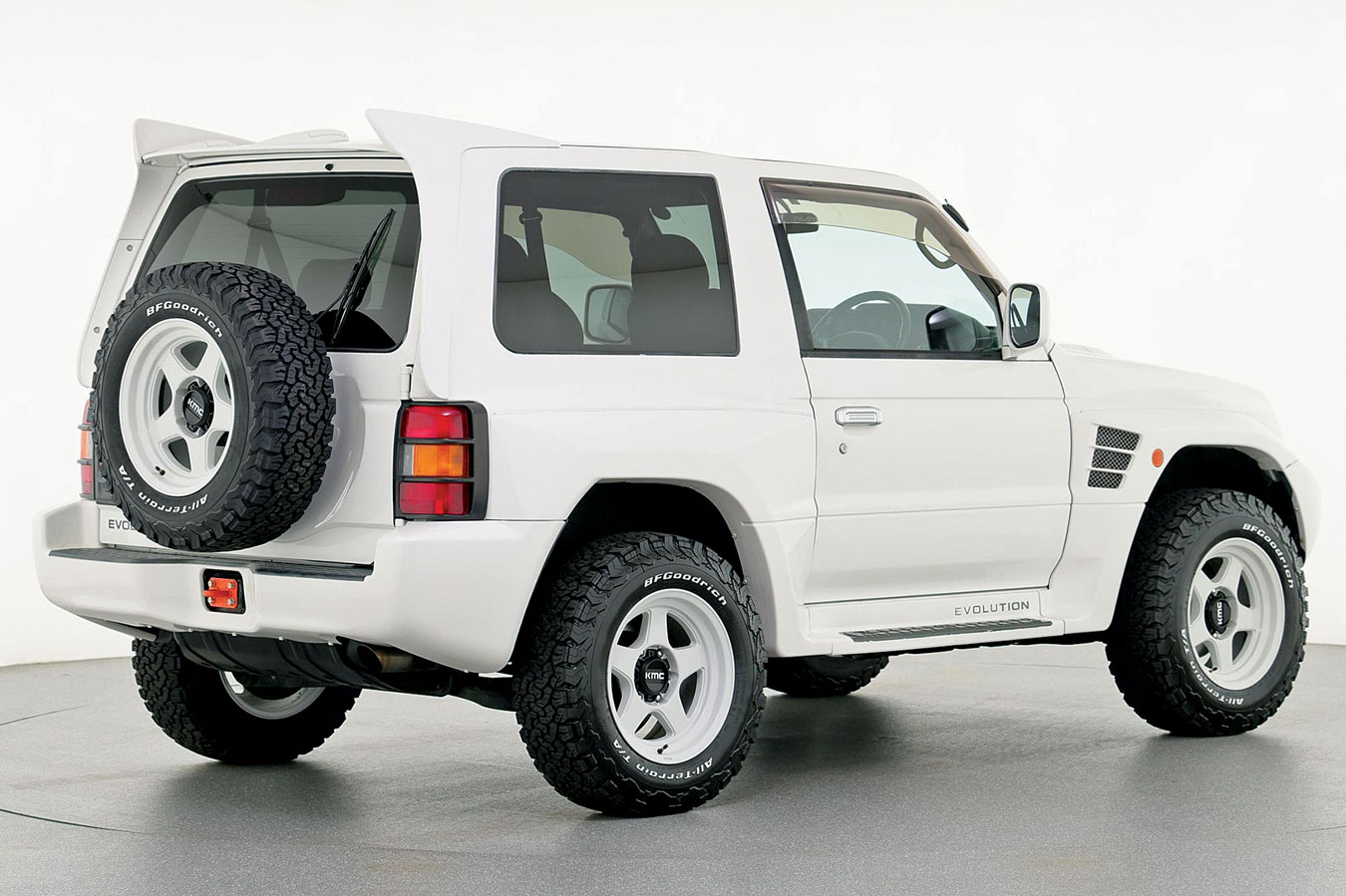1998 Mitsubishi Pajero Evolution S/N V554402793. 93k kilometers (58k miles). “3.5-liter V6, rated at 276 horsepower and 257 lb-ft of torque, 5-speed automatic transmission and 2-speed transfer case, locking center differential, skid plates, Evolution-specific body kit, trailer hitch, Recaro front sport seats, information display on the dashboard, and air conditioning. Modifications reported by the selling…
An Evolution in the JDM Market

